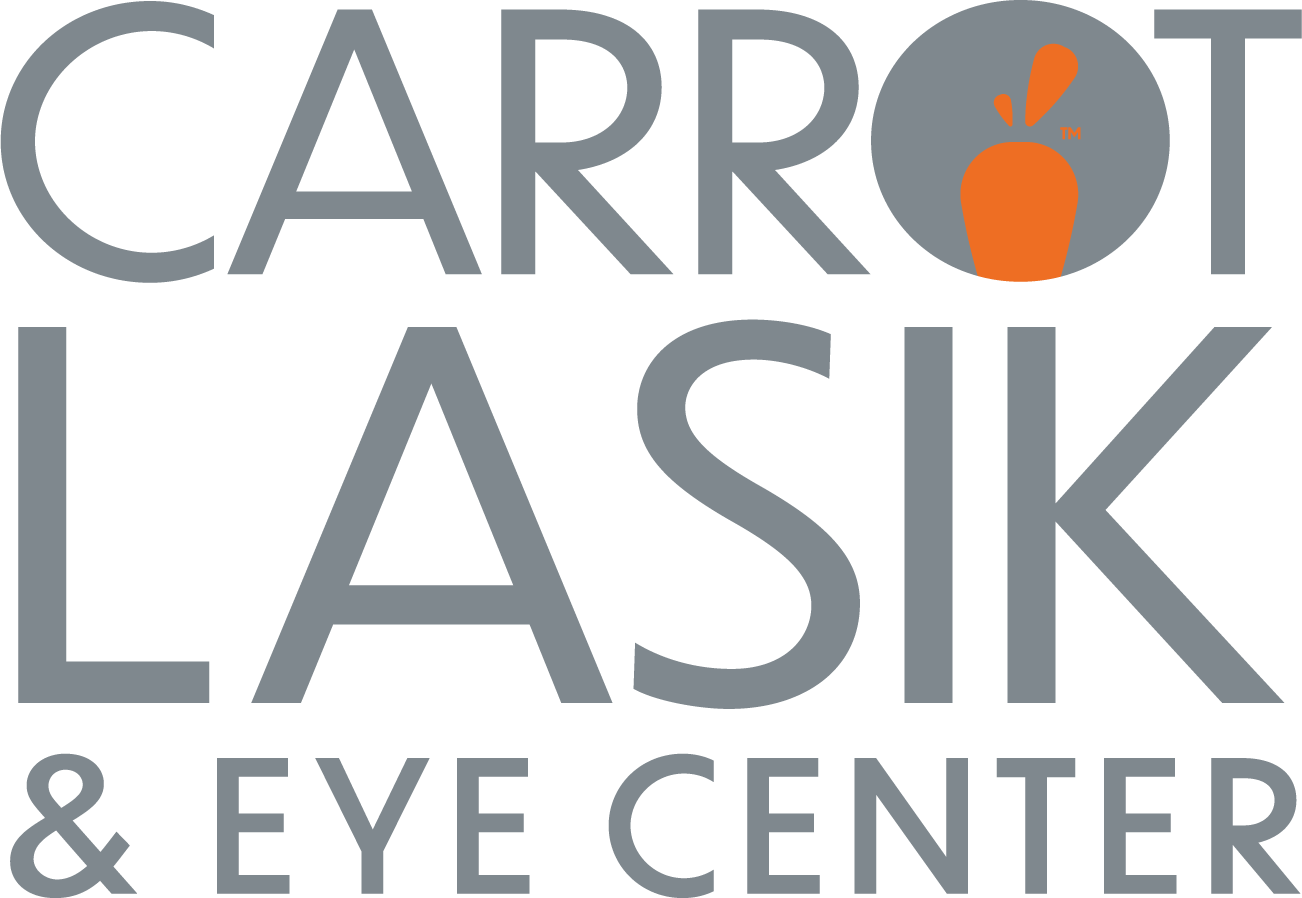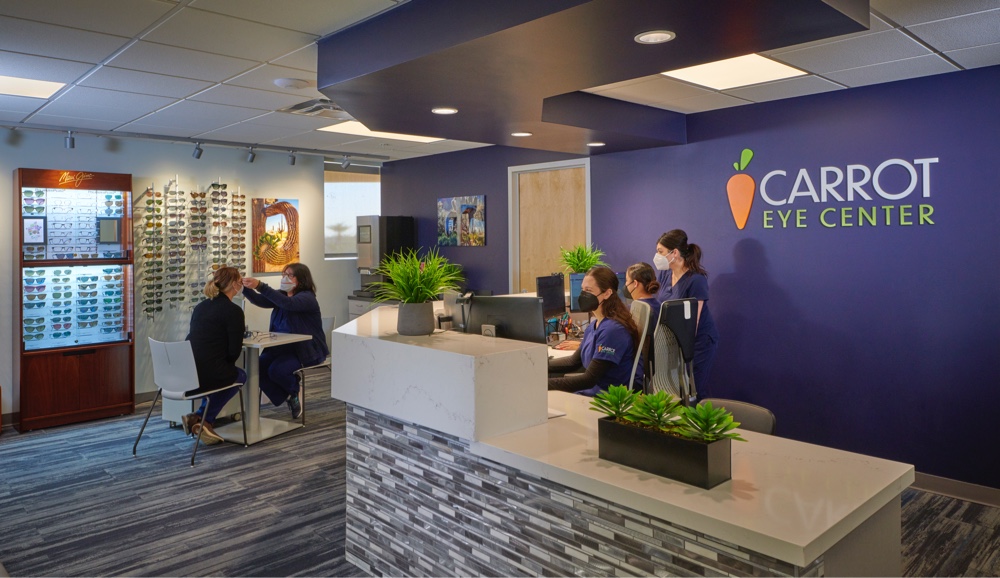Can blepharitis cause blurred vision?
Yes, blepharitis can cause blurred vision, especially if inflammation and debris affect the tear film and the cornea. When the oil glands in the eyelids become clogged, they can disrupt the eye’s natural lubrication, leading to dryness, irritation, and fluctuations in vision. If you’re experiencing blurred vision along with other blepharitis symptoms, an eye examination at Carrot LASIK & Eye Center can help determine the best treatment to restore comfort and clarity.
What is the difference between blepharitis and a stye?
Blepharitis is a chronic condition that causes eyelid inflammation, while a stye is a painful, localized infection of an eyelash follicle or oil gland. A stye typically appears as a red, swollen bump near the lash line and may be caused by bacteria like Staphylococcus. While styes often resolve on their own, recurring styes may indicate underlying blepharitis. If you have frequent styes, Carrot LASIK & Eye Center can assess whether blepharitis is the root cause and recommend treatment.
Can blepharitis be mistaken for conjunctivitis?
Yes, blepharitis and conjunctivitis share symptoms like red eye, irritation, and crusting, but they are different conditions. Blepharitis primarily affects the eyelids, while conjunctivitis is an inflammation of the conjunctiva, the clear membrane covering the human eye. Unlike conjunctivitis, blepharitis is often chronic and requires ongoing management. If you’re unsure about your symptoms, schedule an exam at Carrot LASIK & Eye Center for an accurate medical diagnosis and personalized treatment plan.
How is Demodex blepharitis different from other types of blepharitis?
Demodex blepharitis is caused by an infestation of Demodex mites, tiny parasites that live in eyelash follicles and feed on skin oils. Unlike bacterial blepharitis, which is often linked to infection, Demodex blepharitis is more common in people with conditions like seborrhoeic dermatitis. Carrot LASIK & Eye Center offers XDEMVY®, the first FDA-approved topical medication specifically designed to eliminate Demodex mites and treat Demodex-related blepharitis.
Can blepharitis cause problems with contact lenses?
Yes, blepharitis can make wearing contact lenses uncomfortable due to dry, irritated eyes and increased debris on the eyelids. The condition can disrupt the tear film, leading to lens discomfort, red eye, and even lens intolerance. Managing blepharitis with proper eyelid hygiene and professional treatment at Carrot LASIK & Eye Center can help improve visual perception and make contact lens wear more comfortable.
Does blepharitis affect the meibomian glands?
Yes, blepharitis often affects the meibomian glands, which are responsible for producing the oil layer of the tear film. When these glands become blocked, it can lead to dry eye syndrome and worsen symptoms. Regular massage of the eyelids, warm compresses, and medical treatments like XDEMVY® can help restore gland function. At Carrot LASIK & Eye Center, we specialize in advanced therapies for managing blepharitis and meibomian gland dysfunction.
Can diet impact blepharitis symptoms?
Yes, diet can influence blepharitis symptoms, particularly when it comes to inflammation and oil gland function. Some studies suggest that omega-3 fatty acids may help improve meibomian gland health and reduce eyelid inflammation. If you struggle with persistent signs and symptoms of blepharitis, a consultation at Carrot LASIK & Eye Center can help determine if dietary changes, along with medical treatment, could benefit your eye health.
Should I avoid cosmetics if I have blepharitis?
If you have blepharitis, it’s best to avoid using cosmetics that may irritate the eyelids or clog the oil glands. Eye makeup, especially mascara and eyeliner, can trap bacteria and worsen inflammation. If you do wear makeup, choose hypoallergenic products and clean your eyelids thoroughly every night. At Carrot LASIK & Eye Center, we can recommend the best eyelid hygiene routine to keep your symptoms under control.
Can I use baby shampoo to clean my eyelids?
In the past, baby shampoo was commonly recommended for eyelid cleansing, but today, many eye doctors, including those at Carrot LASIK & Eye Center, suggest using specialized eyelid cleansers instead. Baby shampoo can sometimes be too harsh and may strip the eyelid’s natural oils, leading to more irritation. A gentle, preservative-free cleanser can help remove debris and bacteria without disrupting the delicate balance of the eyelids.
Is blepharitis linked to other skin conditions?
Yes, blepharitis is often associated with skin conditions like seborrhoeic dermatitis, dandruff, and rosacea. These conditions can cause inflammation in both the eyelids and the scalp, leading to chronic irritation. Some cases of blepharitis may also be linked to sebaceous gland dysfunction, which affects oil production in the skin. If you have a history of these conditions, Carrot LASIK & Eye Center can recommend a customized treatment plan to help manage both your skin and eye health.


